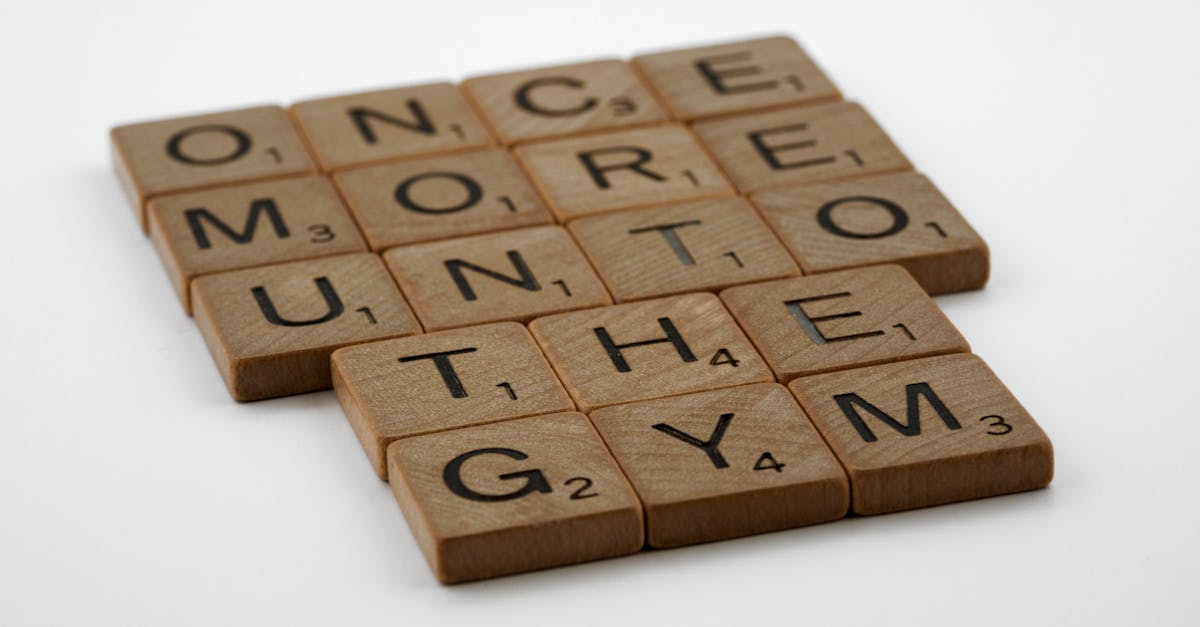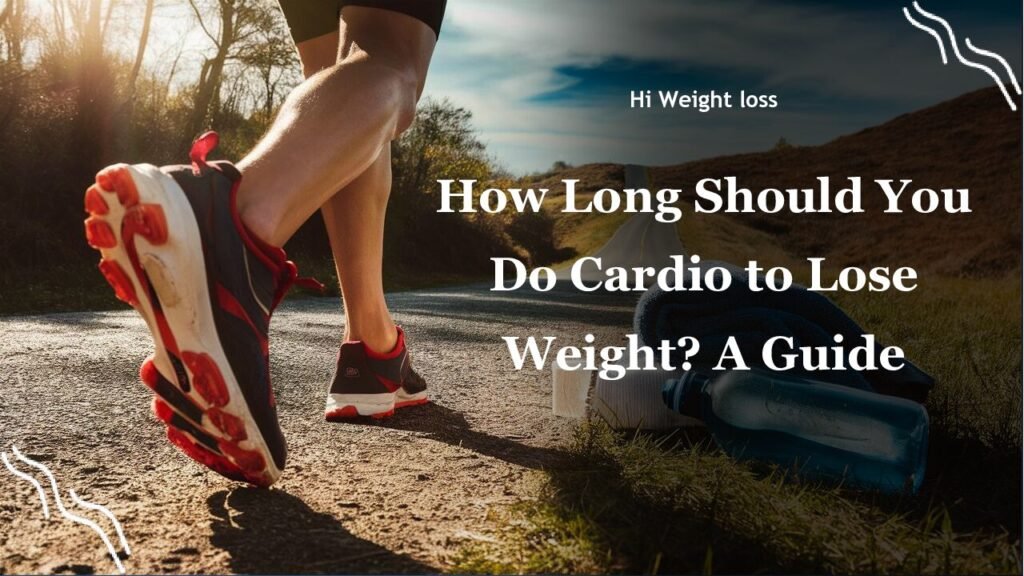“`
Are you struggling to figure out how long to do cardio to shed those extra pounds? It’s a common frustration – you want to see results, but you’re unsure how to balance duration and intensity. Many people dive into cardio without a clear plan, leading to burnout and minimal progress. This article will guide you through the optimal cardio durations and intensities, helping you maximize fat burning and achieve your weight loss goals, incorporating both scientific recommendations and practical insights. Let’s get you moving towards a healthier you!
How Long Should I Do Cardio Per Day to Lose Weight?
The Sweet Spot: Cardio Duration for Weight Loss
When it comes to cardio for weight loss, duration is key, but it’s not as simple as “the more, the better.” Generally, aiming for 30 to 60 minutes per session is a good starting point. This duration allows your body to enter the fat-burning zone, especially if you’re doing lower-intensity activities like brisk walking or a steady jog. Think of it as a marathon, not a sprint, with your body gradually shifting from burning glycogen to burning fat as fuel. I remember when I first started exercising, I thought I needed to go all out for 20 minutes every day, I would get so exhausted that I wouldn’t even look forward to exercise, but then a friend told me that I should do at least half an hour of exercise a day and the intensity does not have to be so high, since I’m not a marathon runner, and I’ve found it really effective to reduce the intensity and increase the duration of exercise, allowing me to exercise more consistently.
Intensity Matters: High-Intensity vs. Low-Intensity Cardio
Now, let’s talk intensity. High-intensity interval training (HIIT) is a game-changer for those looking to maximize results in less time. HIIT workouts, typically lasting 20 to 30 minutes, alternate between short bursts of intense activity and brief recovery periods. This method elevates your heart rate significantly and creates an “afterburn effect,” where your body continues to burn calories even after you’ve finished exercising. On the other hand, low-intensity steady state (LISS) cardio, such as walking or jogging, is effective when performed for longer durations. LISS is easier on the joints and can be a good option for beginners or those with certain physical limitations. It’s about finding a balance that works for your body and fitness level. As a personal anecdote, I have a friend who was afraid of high-intensity workouts, and was reluctant to get started, but after I explained to her the principle of high-intensity interval training, she found it very useful for weight loss and became more motivated to exercise. In fact, the choice of intensity is different for each person, we can’t use a single criterion to judge whether the exercise method is good or not, we must find a suitable one for ourselves.

Weekly Cardio Recommendations for Weight Loss
The Centers for Disease Control and Prevention (CDC) and the U.S. Department of Health and Human Services recommend at least 150-300 minutes of moderate-intensity aerobic activity or 75-150 minutes of vigorous-intensity aerobic activity per week. Think of this as a guideline; you can break this down into sessions that fit your schedule. If you’re doing moderate-intensity cardio, that might mean 30-60 minutes most days of the week. If you opt for high-intensity workouts, you can achieve similar results with shorter, more intense sessions. It’s really about creating a routine that’s sustainable for you.
The Importance of Combining Cardio with Diet for Weight Loss
Cardio is fantastic, but it’s not a magic bullet for weight loss. The reality is that to see significant and lasting results, cardio needs to be combined with a calorie-deficit diet. The amount of weight you lose will depend on how much exercise you do and how well you manage your diet. A balanced diet that is rich in protein, fiber, and whole grains, combined with cardio, can help you burn fat more efficiently. It’s important to know that diet and exercise are two sides of the same coin, both are essential for successful weight loss. You can’t rely on one without the other. I recall a friend of mine who started cardio but didn’t adjust her eating habits. She was upset when she didn’t see the results she was hoping for. Once she understood the need for diet as well, she began seeing better progress.
Understanding How Many Minutes of Cardio Should You Do Daily to Burn Fat
How many minutes of cardio should you do daily to burn fat? This is a very common question, and the answer is, it depends on the intensity of your cardio workouts, and whether you are combining your cardio with a proper diet. Remember, you don’t have to do the same amount of cardio each day. Some days, you might do a longer, low-intensity session; other days, you might opt for a shorter, more intense HIIT workout. The key is consistency, making sure you exercise regularly, and listening to your body. It’s also important to remember that you don’t have to do all your cardio at once, you can break it up throughout the day into more manageable chunks. For instance, you might do 20 minutes of cardio in the morning, then another 10 to 20 minutes in the evening. It’s important to be flexible and find a routine that works for you, and you’re more likely to stick with it.
The Ideal Duration of Daily Cardio for Weight Loss
What’s the ideal duration of daily cardio for weight loss? There’s no single answer that fits everyone. However, the general recommendation from health professionals is to get at least 150 minutes of moderate cardio or 75 minutes of high intensity cardio every week. It’s more important to find a routine that is sustainable and enjoyable for you. Don’t force yourself to do exercise that you hate because you will be less likely to stick with it. And, it’s crucial to pay attention to your body’s signals: if you’re feeling tired or in pain, take a rest day. Consistency and intensity, rather than duration alone, often make all the difference in weight loss. So, whether you prefer a long walk, a brisk jog, or a high-energy HIIT session, what matters most is that you’re moving and consistently challenging your body. Remember, the amount of cardio you need is a personal thing. This is why we need to be flexible in our planning.
| Type of Cardio | Duration per Session | Weekly Recommendations | Intensity |
|---|---|---|---|
| Low-Intensity (Walking, Jogging) | 30-60 minutes | 150-300 minutes | Moderate |
| High-Intensity (HIIT) | 20-30 minutes | 75-150 minutes | Vigorous |
Conclusion
So, how long should you do cardio per day to lose weight? The answer is that it depends. For effective weight loss through cardio, aim for 30 to 60 minutes per session, combining moderate and vigorous activities. High-intensity interval training (HIIT) can achieve results with shorter durations (20-30 minutes) due to the afterburn effect, while low-intensity steady state (LISS) activities like walking require longer sessions. The CDC and U.S. Department of Health and Human Services suggest at least 150-300 minutes of moderate or 75-150 minutes of vigorous activity per week. Remember that cardio should be paired with a balanced diet for optimal fat burning. And don’t forget to listen to your body, adjust your routine accordingly, and try to enjoy the journey. It’s not about pushing yourself to the limit every day, but about finding a sustainable rhythm that fits your lifestyle and brings you joy. Now, it’s time for you to make a plan, put on your workout gear, and embark on this exciting journey towards a healthier you!
FAQ
Can I lose weight doing only cardio?
While cardio is great for burning calories, it’s most effective when combined with a calorie-deficit diet. Strength training can also help boost your metabolism and improve your body composition.
Is it better to do long, low-intensity cardio or short, high-intensity cardio?
Both types of cardio have benefits. HIIT is time-efficient, but LISS is easier on the body and can be more sustainable. The best approach is the one that you enjoy and can maintain consistently.
How often should I do cardio per week?
Aim for at least 150-300 minutes of moderate-intensity or 75-150 minutes of vigorous-intensity cardio per week. You can divide this into multiple sessions throughout the week.
Can I break my cardio workouts into shorter sessions?
Yes, breaking your cardio into smaller chunks can still be effective. For example, you might do 15 minutes of brisk walking in the morning and another 15 minutes in the evening.
Should I do cardio before or after weight training?
The order depends on your goals. If your priority is muscle building, do strength training first. If your focus is fat loss, do cardio first or alternate between the two to get the best results.
“`



